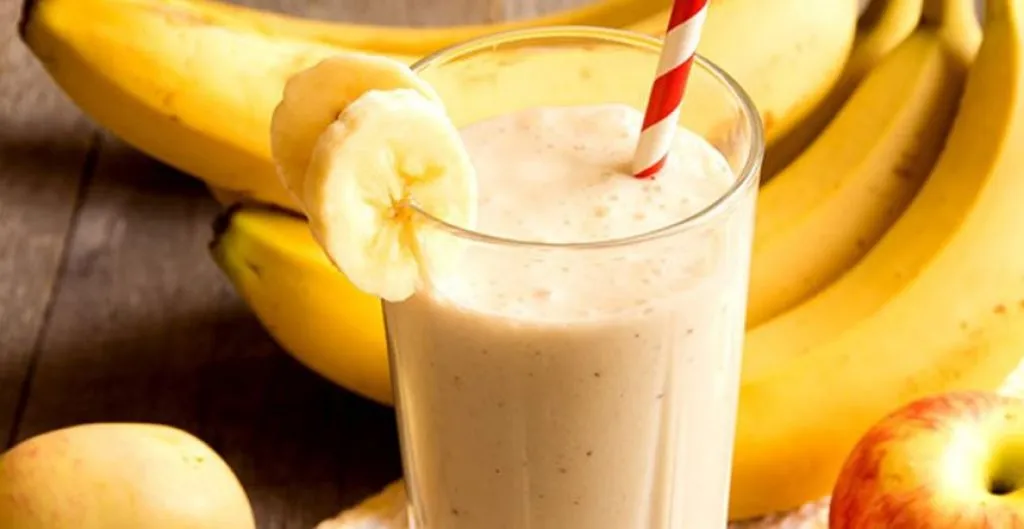Everything You Need to Know About How Long Bananas Last at Room Temperature
Bananas are one of the most popular fruits in the world, and for good reason. They`re delicious, nutritious, and incredibly versatile. But how long do bananas last at room temperature? That`s a question that many people have, and one that we`ll be answering in this article.

We`ll be taking a look at a number of different factors that can affect the shelf life of bananas at room temperature, as well as some tips for prolonging that shelf life. We`ll also be exploring how to tell if a banana is still good to eat.
So whether you`re a banana enthusiast or simply looking to learn more about this popular fruit, keep reading to find out everything you need to know about how long bananas last at room temperature.
What is the shelf life of bananas at room temperature?

Bananas are a versatile and delicious fruit that can be enjoyed in a variety of ways. However, to fully enjoy the benefits of this fruit, it is important to understand its shelf life at room temperature.
When bananas are left at room temperature, they typically have a shelf life of 2-7 days before they start to overripen. This is because bananas release ethylene gas as they ripen, which speeds up the ripening process and ultimately leads to spoilage.
To extend the shelf life of your bananas at room temperature, it is important to store them properly. Keep them in a cool, dry place away from direct sunlight or heat sources. You can also try wrapping the stems with plastic wrap or aluminum foil to help slow down ethylene gas production.
It is worth noting that if your bananas do start to overripen and become too soft for your liking, there are still plenty of ways you can use them. They make great additions to smoothies or baked goods such as banana bread.
In conclusion, understanding the shelf life of bananas at room temperature can help you make informed decisions about how best to store and use this delicious fruit. With proper storage techniques and creative recipe ideas for overripe bananas, you can enjoy this versatile fruit for longer periods of time.
Factors that affect the shelf life of bananas include temperature, humidity, and exposure to light.
Bananas are a popular fruit enjoyed by people all over the world. However, many people are not aware of the various factors that can affect the shelf life of bananas.
One major factor is temperature. Bananas should be stored at room temperature and away from direct sunlight to avoid premature ripening or spoiling. Exposure to extreme temperatures, whether hot or cold, can also cause damage to the fruit and lead to a shorter shelf life.
Another important factor is moisture. Bananas should be kept in a dry environment because excess moisture can accelerate ripening and promote bacterial growth. Additionally, bananas should not be washed until just before consumption as water can also cause them to spoil more quickly.
The maturity of the banana at purchase also plays a role in its shelf life. Ideally, bananas should be purchased when they are still slightly green and firm as they will continue to ripen over time. Overripe bananas may only last for a few days before turning brown and mushy.
Lastly, proper handling during transportation and storage is crucial for extending the shelf life of bananas. Careful packing during shipping and storing them in well-ventilated areas with proper airflow can help prevent bruising or damage that could lead to spoilage.

In conclusion, understanding these factors that affect banana shelf life is essential for ensuring their freshness and quality over an extended period of time. By following these guidelines, consumers can enjoy delicious ripe bananas for longer periods without worrying about waste or spoilage.
How can you tell if a banana is still good to eat at room temperature?
Determining the ripeness of a banana can be an art in and of itself, but it’s important to know when a banana is still good to eat at room temperature. Here are some tips to help you gauge when your bananas are past their prime.
Firstly, examine the color of the peel. A green or yellow banana is still in its early stages of ripening and will likely be too starchy for consumption. A fully ripe banana will have a bright yellow skin with brown spots that indicate it’s ready to eat. If the skin has turned completely brown or black, however, the banana may be overripe and not suitable for eating.
Next, give the fruit a gentle squeeze. If it gives slightly but doesn’t feel mushy or overly soft, then it’s at its peak ripeness and ready to enjoy. If it feels too firm or hard in your hand, then wait a day or two before checking again.
Lastly, smell the stem end of the banana where it was attached to the bunch. A sweet aroma indicates that it’s fully ripe and perfect for eating at room temperature. However, if there is no smell or an unpleasant odor emanating from this area, then discard the fruit as it has gone bad.
With these simple tips in mind, you can confidently determine when your bananas are good to eat at room temperature and avoid any unpleasant surprises with spoiled fruit.

Tips for prolonging the shelf life of bananas include storing them away from other fruits and vegetables, keeping them at room temperature, and not refrigerating them.
The Ultimate Guide to Knowing When Your Banana Bread is Done: Tips and Tricks for Perfect Baking! »
Bananas are a beloved fruit around the world, but their shelf life can be a challenge. To prolong the enjoyment of this delicious fruit, there are several tips to keep in mind.
Firstly, it’s important to store bananas at room temperature until they reach optimal ripeness. Once they have ripened to your liking, you can move them into the refrigerator to slow down the ripening process.
Additionally, it’s crucial to handle bananas with care. Avoiding bruising or breaking the skin will prevent rapid decay and help extend their shelf life.
Another tip is storing bananas away from other fruits and vegetables that emit ethylene gas, which speeds up the ripening process. This gas can cause bananas to over-ripen or even spoil quickly.
Lastly, consider freezing ripe bananas for later use in smoothies or baked goods. This method not only helps prevent waste but also preserves their nutritional value for longer periods of time.
By following these tips and tricks for prolonging the shelf life of bananas, you can enjoy this versatile fruit longer while also reducing food waste in your household.
Check out our other articles to find out even more about banana.
In conclusion, understanding the shelf life of bananas at room temperature and other factors that affect them can help extend their shelf life. Knowing how to tell when a banana is ripe or has gone bad, as well as following best practices for storing them can also increase their longevity. If you want to learn even more about this versatile fruit, be sure to check out our other articles!










